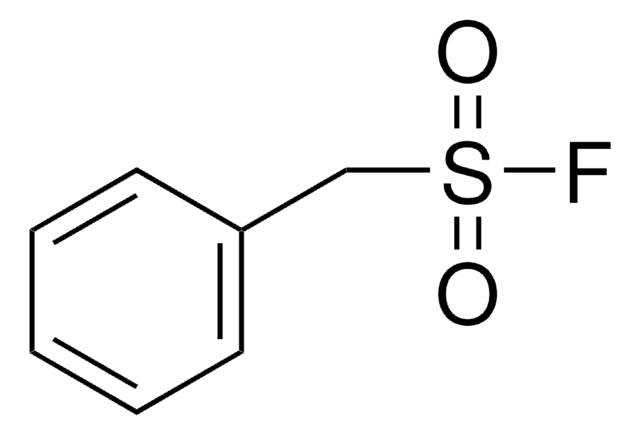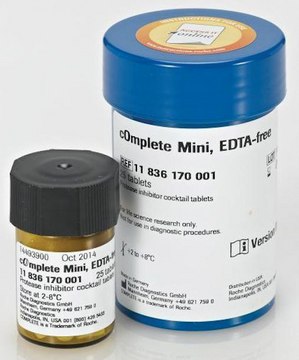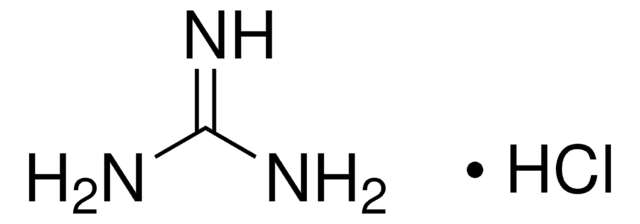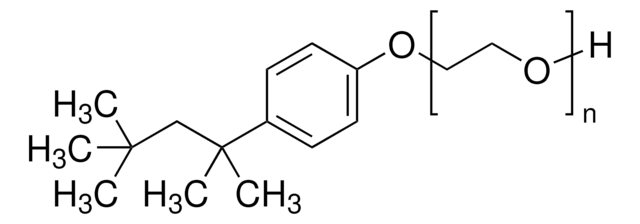R1028
Restorase® DNA Polymerase with 10× Reaction Buffer
Enzyme blend for PCR amplification of damaged DNA
About This Item
Recommended Products
Quality Level
form
liquid
usage
sufficient for 50 reactions
feature
Long & Accurate PCR
dNTPs included: no
hotstart: no
concentration
2.5 units/μL
technique(s)
PCR: suitable
color
colorless
input
purified DNA
shipped in
wet ice
storage temp.
−20°C
General description
Application
Biochem/physiol Actions
Features and Benefits
- Reliable amplification of damaged DNA
- When thermostable polymerases fail, this enzyme amplifies the sequence efficiently
- Efficient amplification of sequences in multiplex reactions
- Increased yield and amplicon specificity
- Amplifies a broad spectrum of amplicon sizes varying from 200 bp to 20 kb
- Can repair 3′ bungs, nicks, and abasic sites
Packaging
Other Notes
Legal Information
Hazard Statements
Precautionary Statements
Hazard Classifications
Aquatic Chronic 3
Storage Class Code
10 - Combustible liquids
Regulatory Information
Choose from one of the most recent versions:
Certificates of Analysis (COA)
Don't see the Right Version?
If you require a particular version, you can look up a specific certificate by the Lot or Batch number.
Already Own This Product?
Find documentation for the products that you have recently purchased in the Document Library.
Articles
Restorase® was developed for researchers unable to achieve amplification of damaged DNA templates when using other commercially available DNA polymerases.
Protocols
Method for amplification of DNA from damaged DNA sources. Particularly useful for DNA extracted from old samples.
Our team of scientists has experience in all areas of research including Life Science, Material Science, Chemical Synthesis, Chromatography, Analytical and many others.
Contact Technical Service






